More about fast and safe import of sea freight containers?
The fastest way to import sea freight containers? Choose safety.
29 October 2025
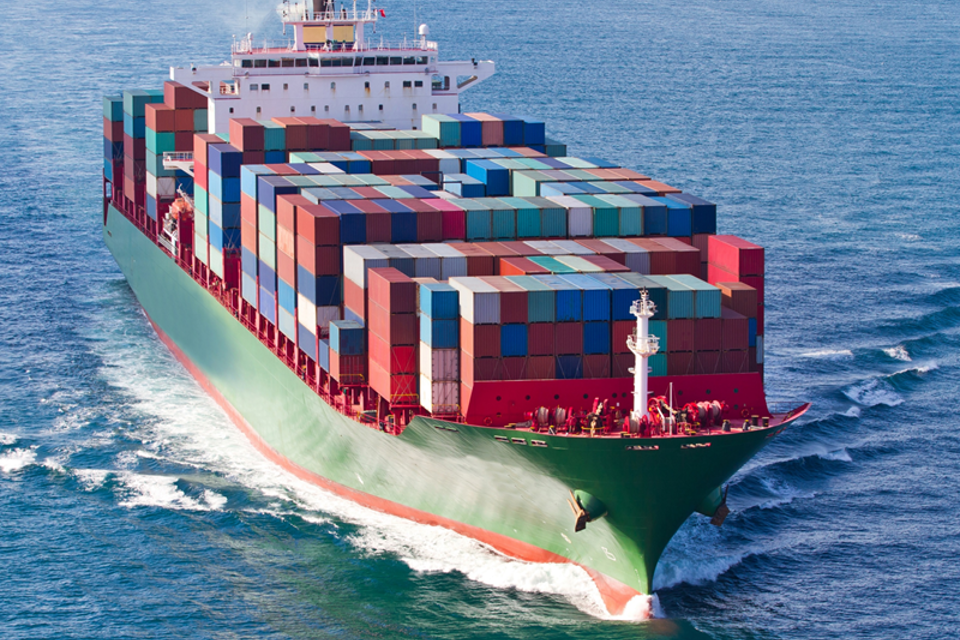
The fastest way to import sea freight containers? Choose safety.
Speed and safety go hand in hand when importing sea freight containers worldwide. This may sound contradictory, but it is anything but.
For example, strict security requirements apply after the arrival of a Full Container Load (FCL) at terminals like the one in the Dutch city of Rotterdam. If freight forwarders, including Oldenburger|Fritom, have the AEO status, the customs clearance process is much faster.
In addition, it is essential to measure the gas levels of every imported shipping container and, if necessary, degas or ventilate it. You will also save a lot of time in these processes if you choose the safest and most sustainable option. Read all about it here.
AEO permits
Following the September 11, 2001, attacks on the United States, stricter international security regulations apply. This includes the export and import of sea freight in Europe. Containers are subject to stricter inspections at border crossings. This takes extra time, unless you have outsourced your sea freight shipments to a logistics service provider that has the AEO status.
The AEO (Authorized Economic Operator) status was introduced by the European Union in 2007. Companies with AEO status have been pre-inspected by customs. As a result, they are known worldwide for their reliability and are subject to less strict and less frequent inspections.
Oldenburger|Fritom is certified for the import and export of both sea freight and air freight according to both AEO permits:
- AEO-C (customs simplification)
- AEO-S (safety and security)
The benefits this offers:
- Fewer customs inspections
- Preferential treatment during inspections
- Inspection location upon agreement
These benefits are crucial for companies to guarantee speed and safety for their customers.
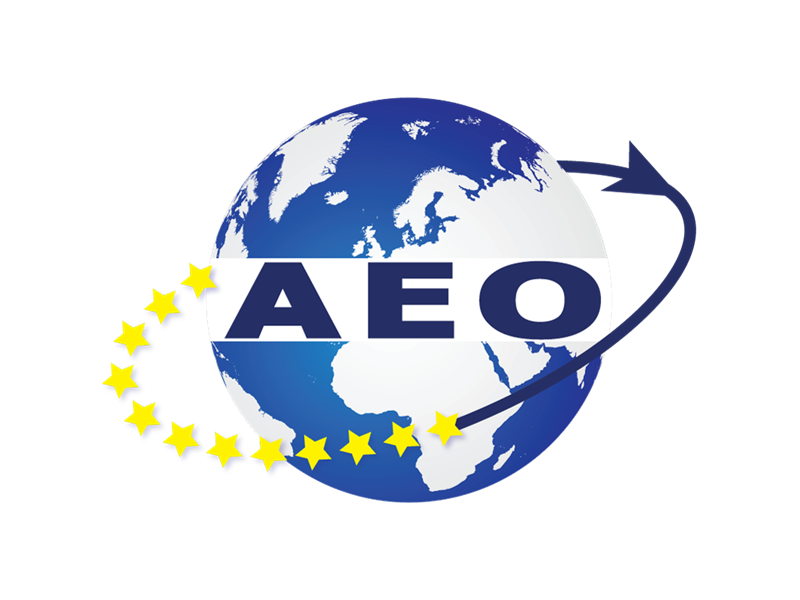
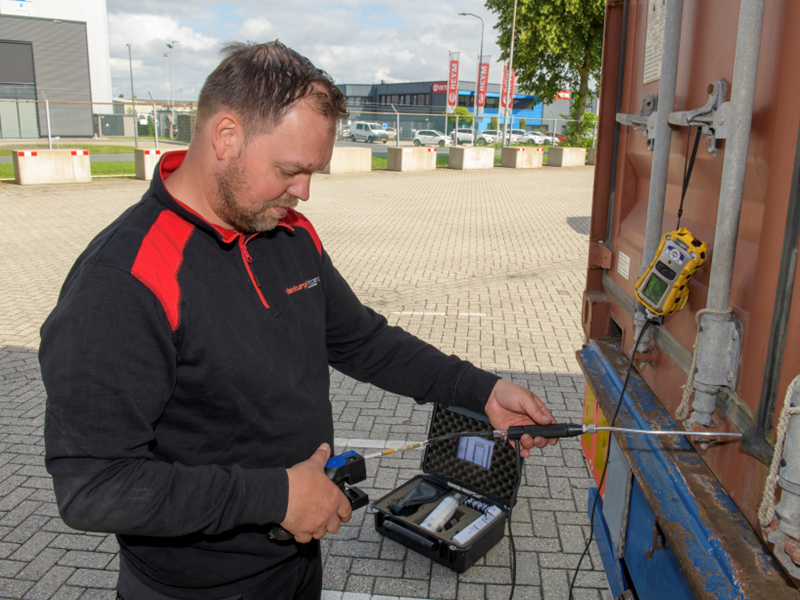
Ensuring safety: gas measurements of containers
The same applies to gas measurements of imported shipping containers. This is also important for all companies, but especially for those in the food, healthcare, and high-tech sectors. Sea containers sometimes contain hazardous substances. Examples include phosphine, formaldehyde, methyl bromide, and sulfuryl fluoride. Harmful gases can also be released from products themselves or certain types of packaging. Think of ammonia, benzene, or hydrogen cyanide.
Risk Assessment and Evaluation (RAE)
If customs selects your container for a physical inspection it is mandatory to measure the gas levels in advance before opening it. Moreover, labor inspection regulations require gas measurements when importing sea freight. This protects employers' personnel from harmful and dangerous gases. This is often documented, as at Oldenburger|Fritom, in a Risk Assessment and Evaluation (RAE) in the QHSE policy.
Cargo surveyor diploma
Employees specializing in gas measurements must hold the cargo surveyor diploma. At Oldenburger|Fritom, six of our colleagues have completed this training. Regardless of whether it concerns the import or export of an FCL (Full Container Load) or LCL (Less than Container Load), a gas measurement is performed on every imported shipping container. Using a modern gas measurement unit, this process takes place in no time.
Modern gas measurement equipment simultaneously detects multiple substances and delivers clear measurement results within seconds. Unlike traditional substance detectors, advanced equipment like ours can recognize hundreds of different substances. This allows even less likely substances to be detected immediately, without any prior configuration.
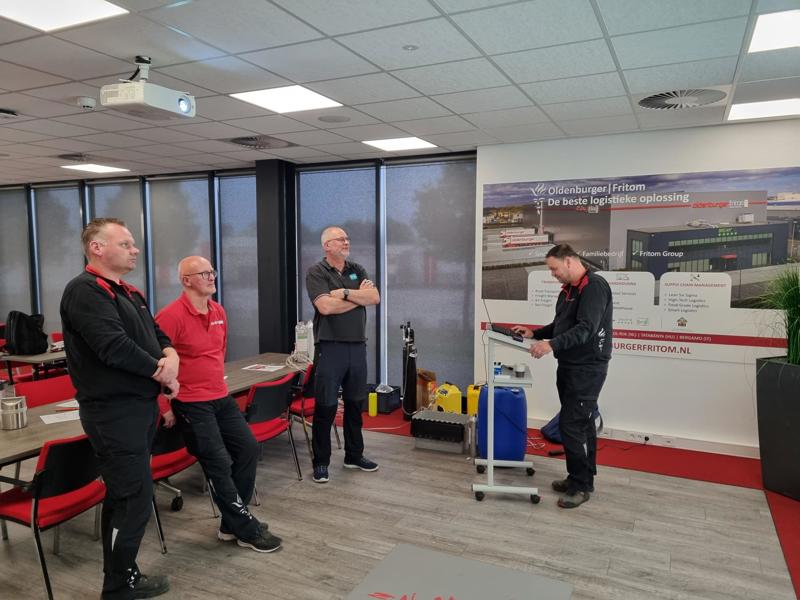
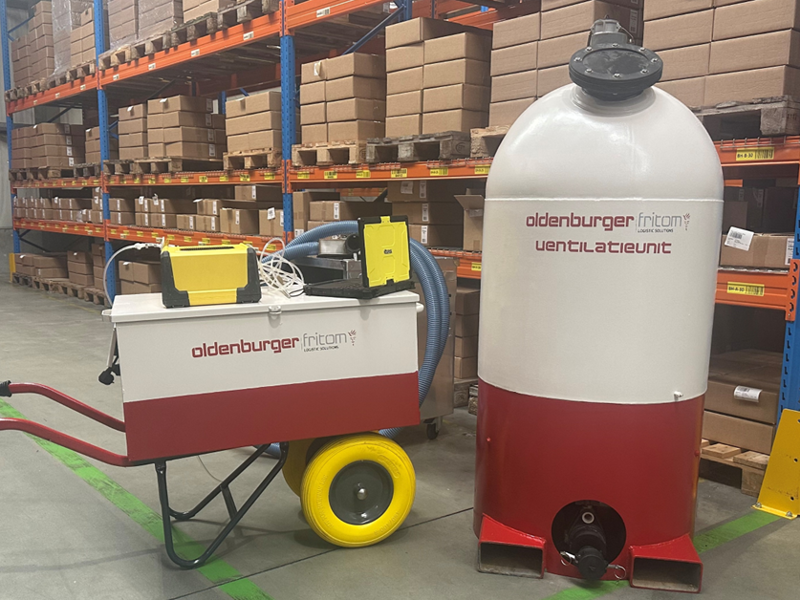
Sustainable degassing and ventilation
If the gas measurement indicates this, sea containers can be immediately degassed or ventilated emission-free using the appropriate equipment. Our gas measurement technicians are also specially trained in this area. Moreover, Oldenburger|Fritom also has a mobile ventilation unit that allows for on-site degassing and ventilation in the Dutch provinces of Groningen and Drenthe. This saves a significant amount of time, allowing you to unload your containers much faster. This can be done on-site or at a logistics partner to whom you have outsourced your logistics.
There are several options for degassing imported shipping containers:
- Natural ventilation, where the container doors are opened to allow gases such as carbon dioxide and carbon monoxide to escape;
- Forced ventilation, where unopened containers are degassed;
- Emission-free degassing, also known as sustainable ventilation, which Oldenburger|Fritom also uses.
The latter option offers the most advantages in terms of speed and safety and provides the greatest time savings. Furthermore, it is also the most environmentally friendly method of on-site degassing and ventilation and therefore the most sustainable.
Single point of contact
In short, Oldenburger|Fritom handles gas measurements, and sustainable, emission-free degassing of containers in the most environmentally friendly way. In addition, you save significant time because you have a single point of contact (SPOC) with us. This also contributes to your sea freight being unloaded much faster.

Marienus van der Laan
Commercial Manager
Logistic solutions
About Oldenburger|Fritom
Oldenburger|Fritom
- De Zwaaikom 24, 9641 KW Veendam
- P.O. Box 41, 9640 AA Veendam – The Netherlands
- T: +31 598 612 551
- F: +31 598 625 004
- sales@oldenburgerfritom.nl









